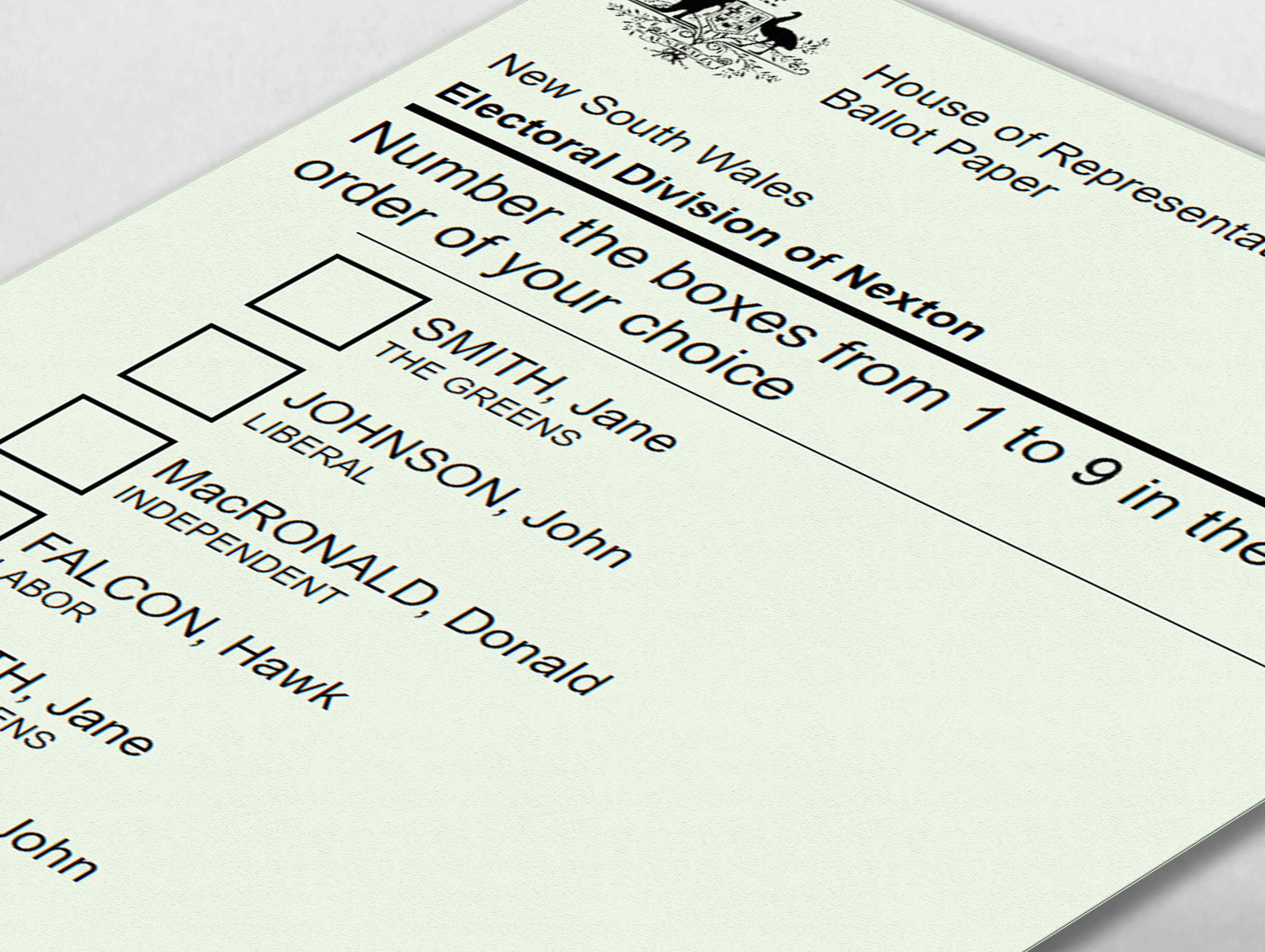This insight should take 5 minutes to read.
A paper town is a town included on a map that doesn’t exist in reality and only exists on that map. But why would a map maker (a cartographer) include a place on their map that doesn’t exist? As a copyright trap to help catch copyright infringers stealing their intellectual property and using it in other maps.
Can maps be copyrighted?
Sometimes.
Copyright law in Australia is governed by the Copyright Act 1968 (Cth), a federal legislative Act that applies throughout Australia. The Act protects intellectual property and ensures the owner has exclusive rights in how they use their property, such as for commercial purposes, and how others must use their property.
This encourages the production and promotion of work, with content producers knowing that bad actors cannot just steal their intellectual property and profit from it.
Copyright law operates on the principle of fairness. As such, it does not protect ideas, concepts, or information, ensuring that no one is granted unfair intellectual property ownership. For instance, maps of physical places, like countries or cities, may not be copyrightable on their own.
For a map to be copyrightable, it must be transformed into an “artistic work“:
- it must be original in nature;
- there must have been a degree of skill or labour exercised in modifying the map; and
- be in a material form that can be reproduced (this can include digital).
Since a map may be a copyrightable artistic work, appropriate consideration should be given to protecting its copyright and the holder’s intellectual property through the use of copyright traps.
Copyright Traps
A copyright trap is a mechanism inserted into a copyrightable work (like a map, dictionary, or media) by its creator to detect unauthorised copying or transformation of their intellectual property.
Most copyright traps take the form of secret, unique markers intended to be copied into another work by a bad actor. This would indicate that the bad actor has used the underlying intellectual property belonging to the original owner.
Different mediums and types of copyrightable works have different copyright traps that can be used to various degrees of success. Some of these include:
- Dictionary: Fake words and fake definitions for actual words
- Map: Non-existent places such as towns and natural landmarks
- Street Directory: Non-existent streets and roads
- Video & Images: Watermarks overlaid on top of the content that cannot be removed
- Audio: Unique audio patterns in frequencies that human cannot hear
- Software: Code that does not serve any functional purpose for the program
- Statistical Data: Fictional non-significant data points that cannot be obtained organically
No matter what form a copyright trap takes or the medium of the work it is inserted into, its fundamental purpose is to help identify the origin of the intellectual property if it is used by a third party acting in bad faith in a way not allowed or permitted by the original owner.
Paper Towns copyright trap for maps
Paper Towns, also sometimes known as phantom settlements, is a copyright trap that can be used in maps to help identify when copyright has been infringed. Fictitious entries that do not exist are deliberately inserted into the map as geographic data, such as placemarks, roads, natural features, or locality names. This trap is named as such because the town only exists “on paper.”
If other works are reproduced and include these paper towns, then it indicates to the copyright holder that a third party has used their map and that their copyright may have potentially been infringed.
A paper town’s effectiveness depends on the uniqueness of its name, its preservation on the map, and the documented evidence of its creation and purpose.
Confidentiality
The identity of the paper town must remain confidential so that potential copyright infringers cannot identify and remove them from the map, thereby nullifying the copyright trap. The fewer possible plausible explanations as to how that unique paper town name was included in the map and the fewest possible options that it could reference weaken defensive claims that copyright infringers could purport.
Uniqueness
Effective names for paper towns should be unique, preferably entirely unique, while conforming to existing naming conventions used in the map so as not to stand out. It is essential to ensure no exact or partial matches with other names on the map or potentially in other maps, such as those of different areas or names of administrative boundaries.
Documentation
The origination and implementation of the paper towns' names need to be documented so that the copyright holder can prove that the paper towns were created and intentionally inserted into the map by them to serve as a copyright trap and were not an error (such as misspelling), coincidence, or originated from another third party.
Names intended for a paper town should be cross-referenced with all relevant datasets to ensure they are unique and there are no exact or partial matches. This may include datasets for geographic features such as waterways and parks, locality names such as suburbs or towns, and administrative features such as the names of local government areas or other boundaries.
Considering the negative impacts of paper towns
Consideration must be given to any potential negative impacts and the risk of harm to users from any copyright trap. Depending on the context in which the intellectual property is being used, its purpose, and its user base, the owner may have a duty of care to ensure that copyright traps do not cause unintentional harm.
The use of paper towns in a map could plausibly cause unintentional harm to users who use the map.
Given that paper towns intentionally misrepresent the existence of localities to map users, circumstances could arise where users attempt to travel to non-existent localities. This could potentially have significant consequences if the maps were used in scenarios such as travelling, search and rescue, or navigation, potentially putting the safety and well-being of people at risk.
Another risk could be that decisions are made relating to the interests of localities that may not exist. For instance, a provider may make decisions about the provisioning of services and consider servicing towns that do not exist, negatively impacting other surrounding towns that do exist or using additional unnecessary resources.
Fictitious entries in maps may also negatively impact the user’s experience by potentially detracting from its usability or accuracy.
The location and types of paper towns and fictitious entries used as copyright in a map must suit its intended purpose. Maps are made primarily for navigational purposes and should use fictitious entries for placemarks a user can not reasonably travel to. In contrast, maps that display data and have had their navigational capabilities removed can use fictitious paper towns for localities such as cities or towns.
Implementing copyright traps for your copyrightable work
Due to their typically low implementation cost and versatility, copyright traps serve as a meaningful and effective way to help protect a copyright holder’s intellectual property.
The effectiveness of any copyright trap depends on numerous factors, which must be given appropriate consideration in the circumstances and context of the copyrightable works. Further, the appropriateness of the copyright trap and any negative impacts it may have must also be assessed and appropriately managed.
Creating a map is a resource-intensive task, and it is important that the effort is not abused by bad actors who may steal your intellectual property. However, with over 17,500 towns, suburbs, cities, and villages across Australia, thousands of administrative boundaries, and hundreds of thousands of placemarks, creating unique and context-appropriate paper towns is a resource-intensive task in and of itself.
Nexus Polytech can help you create and implement paper towns and other copyright traps in your work, ensuring effective intellectual property protection and mitigating user negative impacts. To benefit from our rich expertise in copyright protection and how we can help you protect your intellectual property, contact us to get in touch with one of our experts who can help you protect your intellectual property.
FYI, this insight is not legal advice!
The insight provides general information only and does not constitute legal advice. If you need legal advice on your specific circumstances, you must seek independent legal advice from a licensed legal practitioner.



